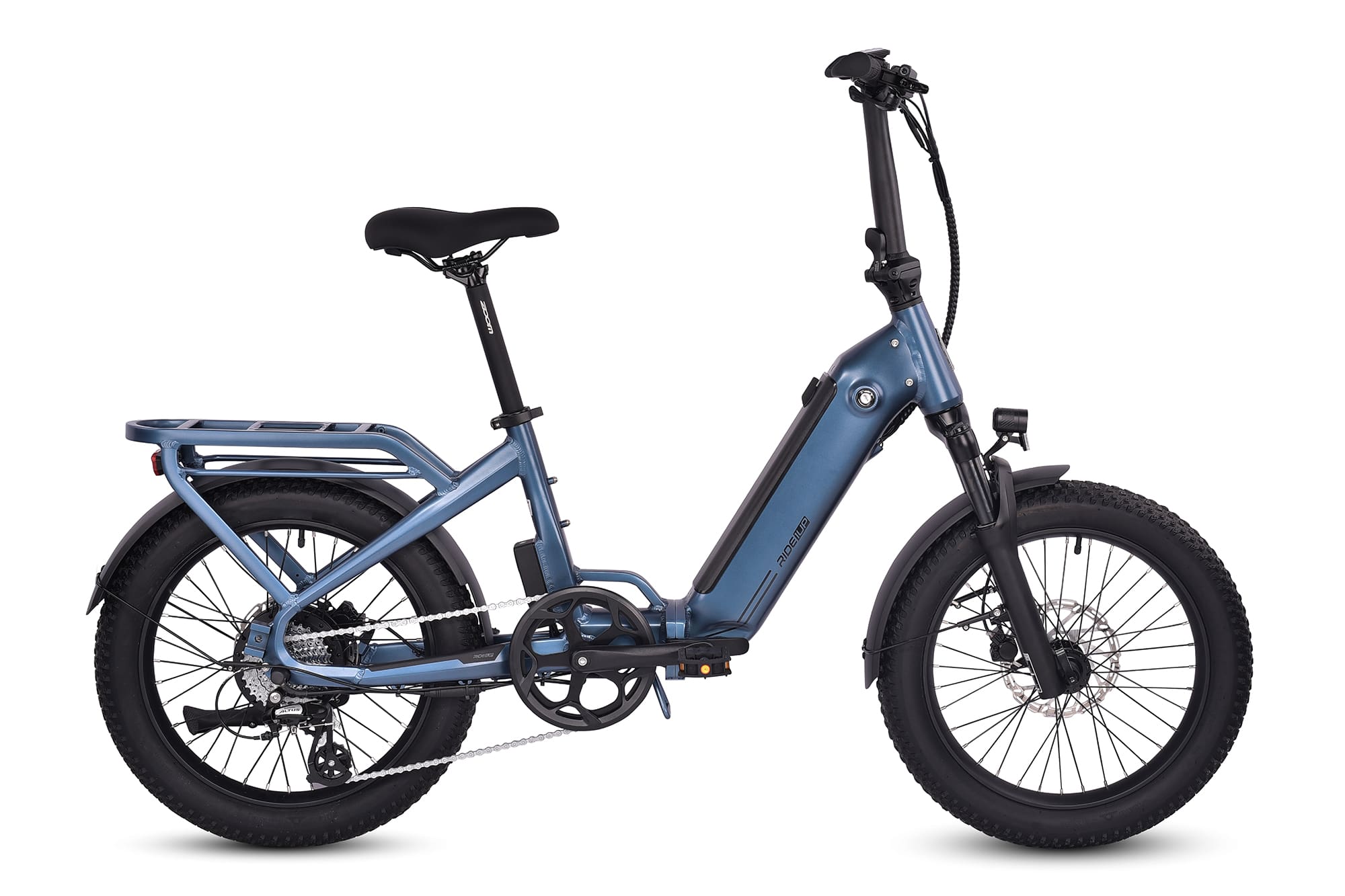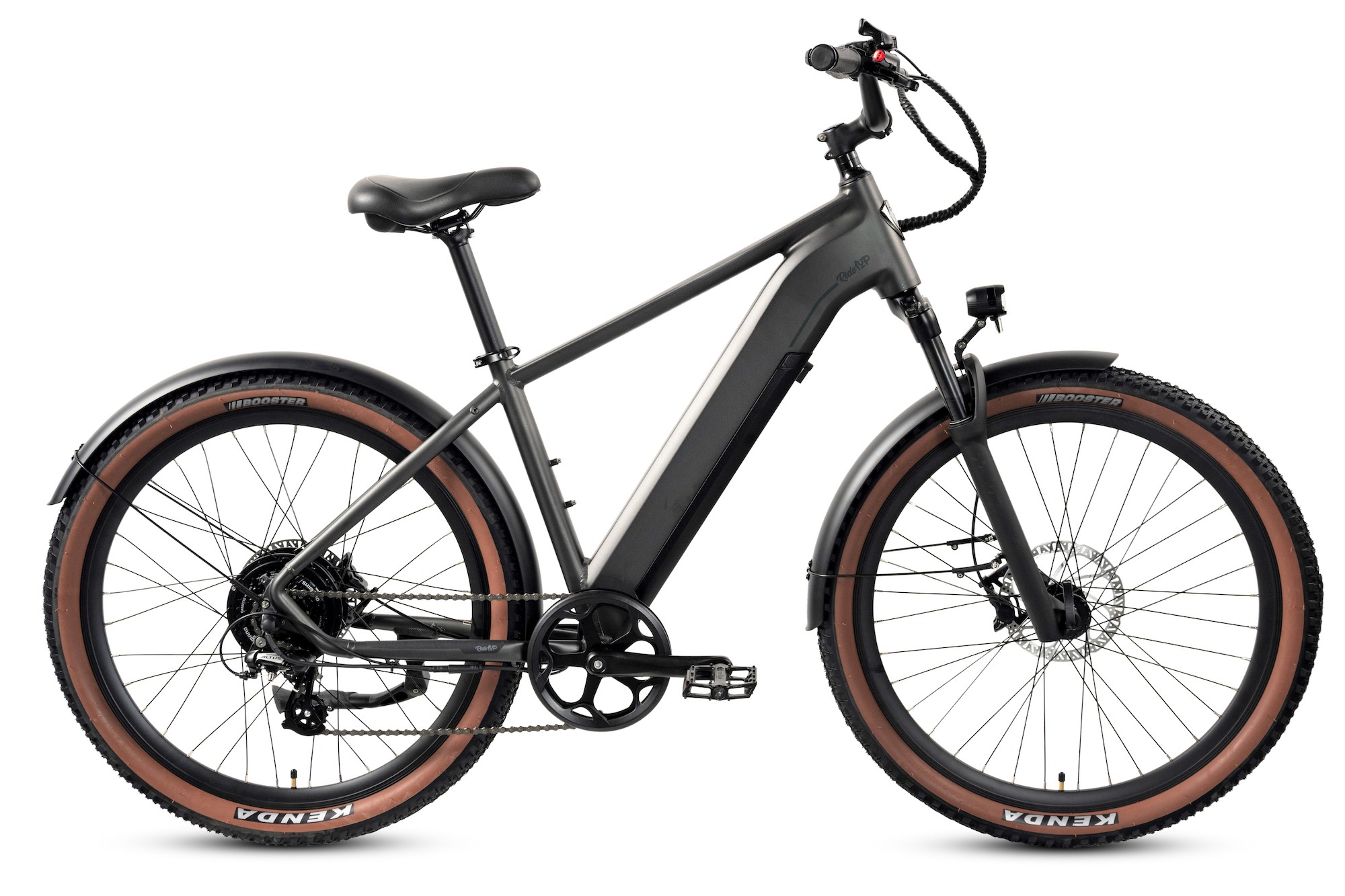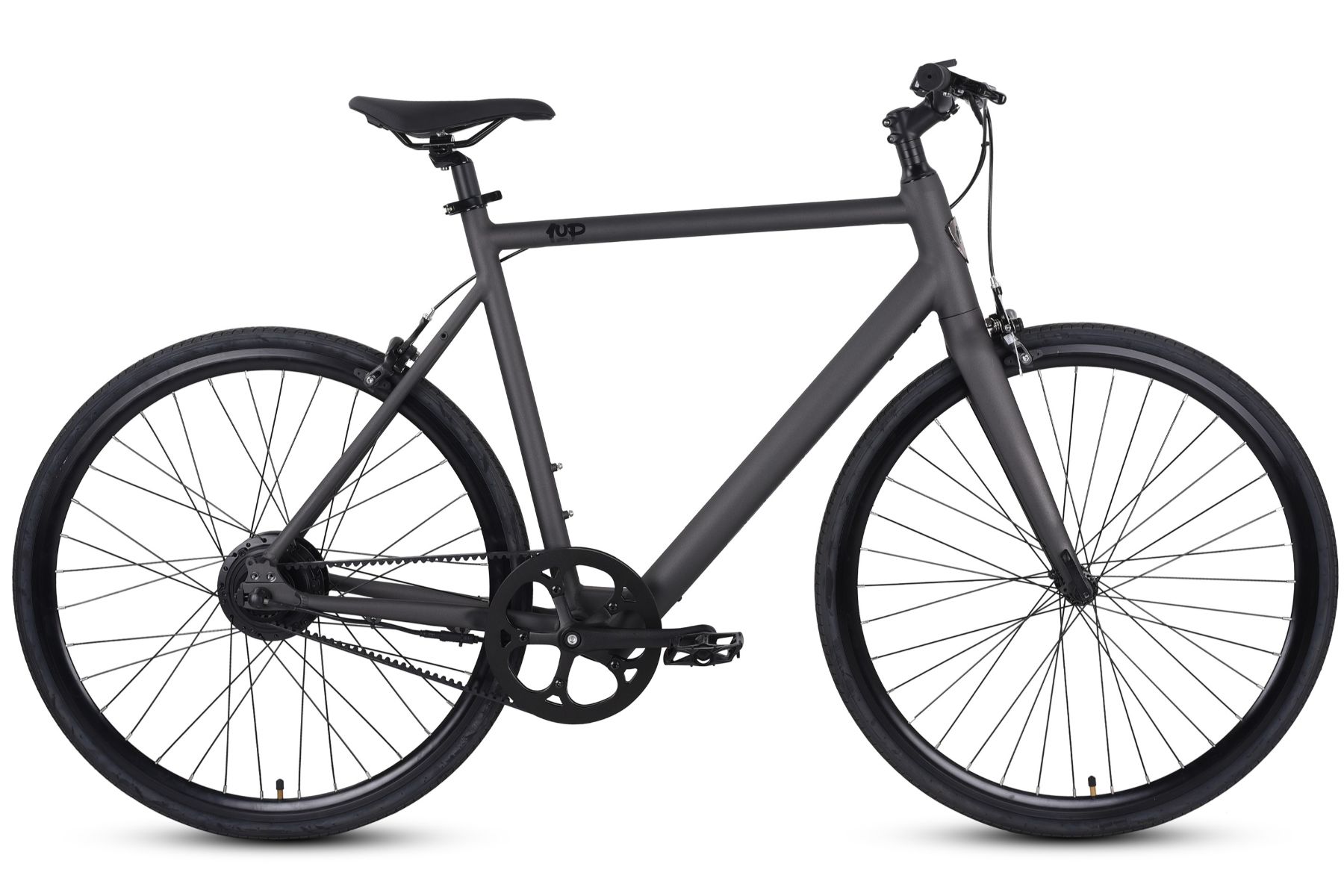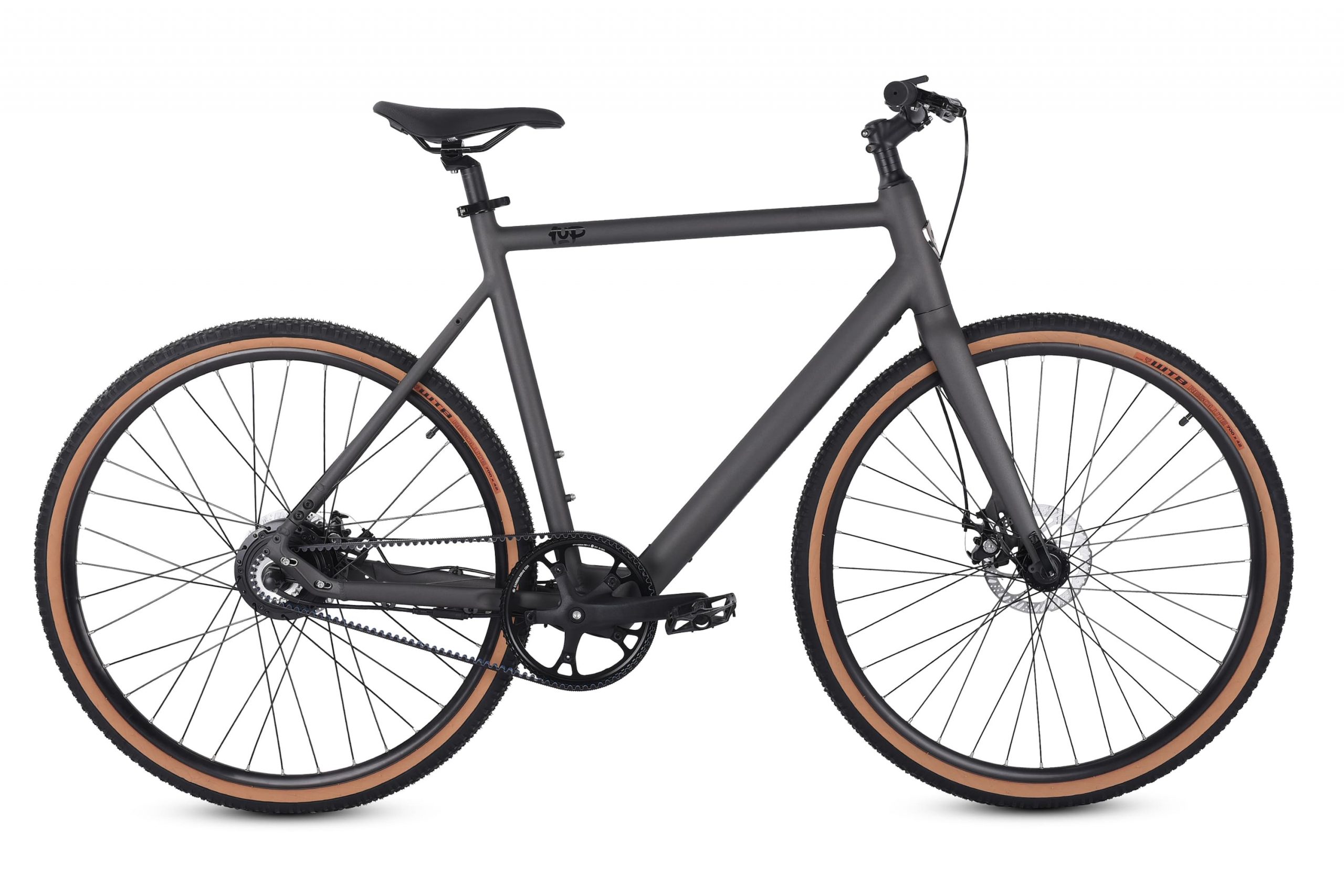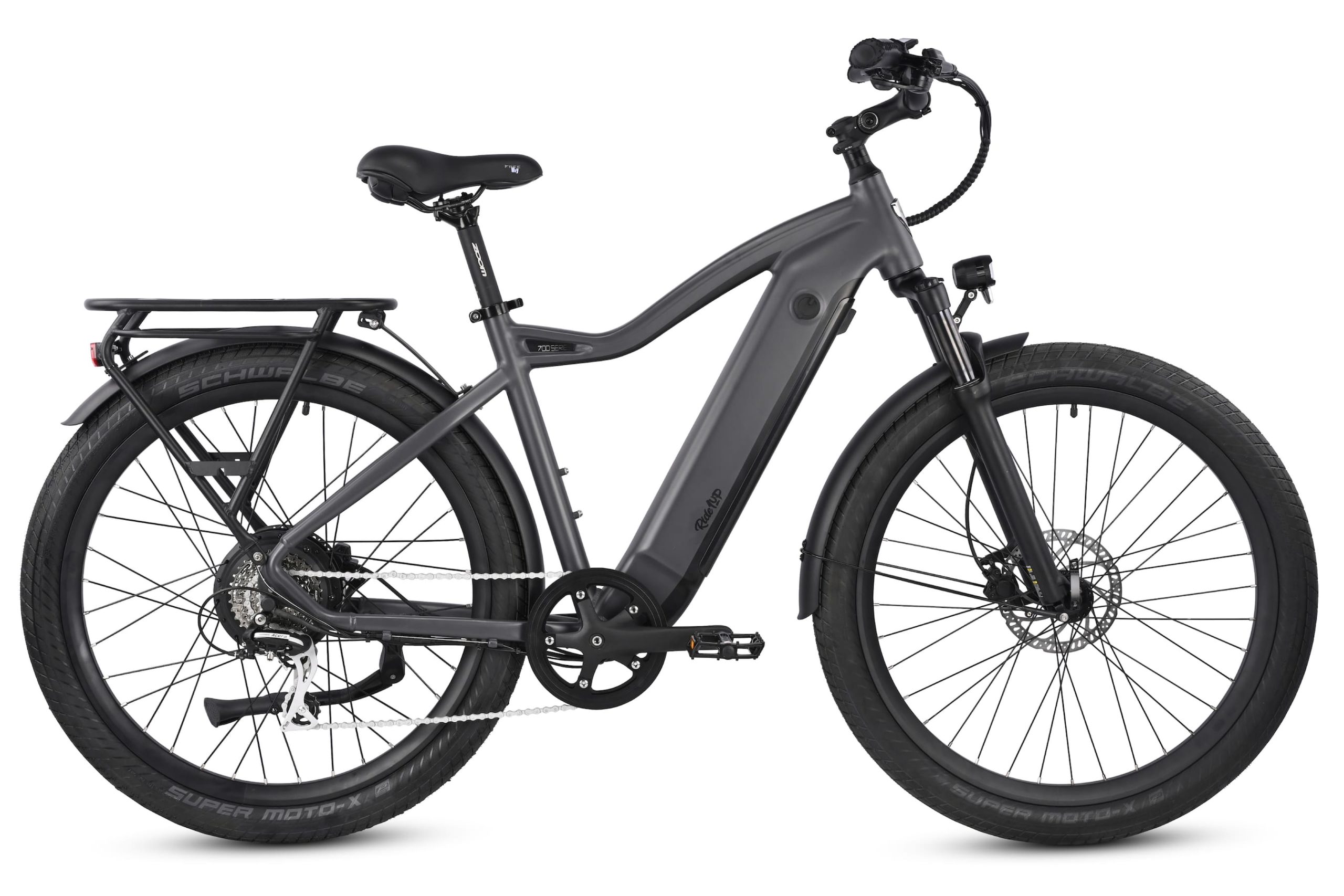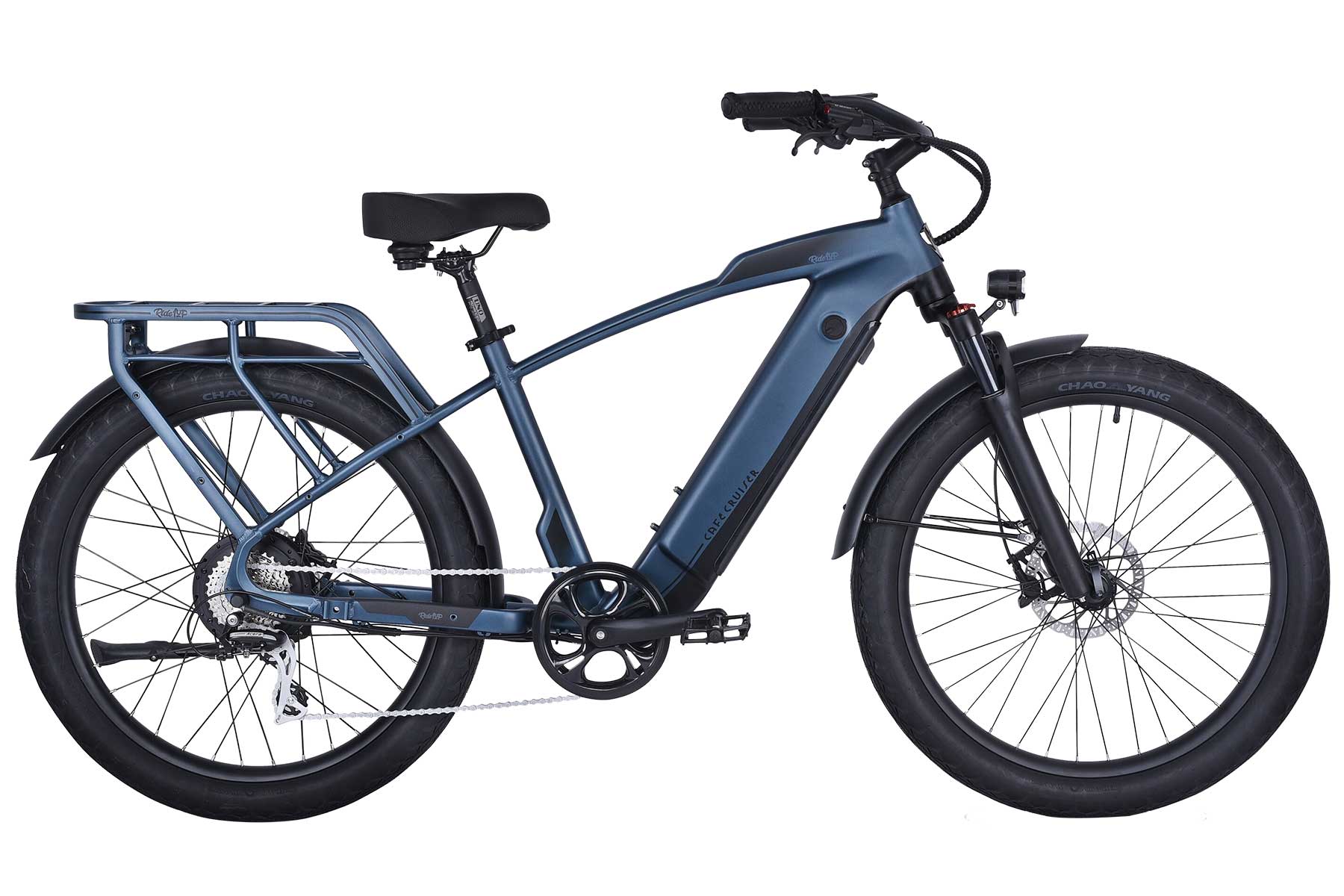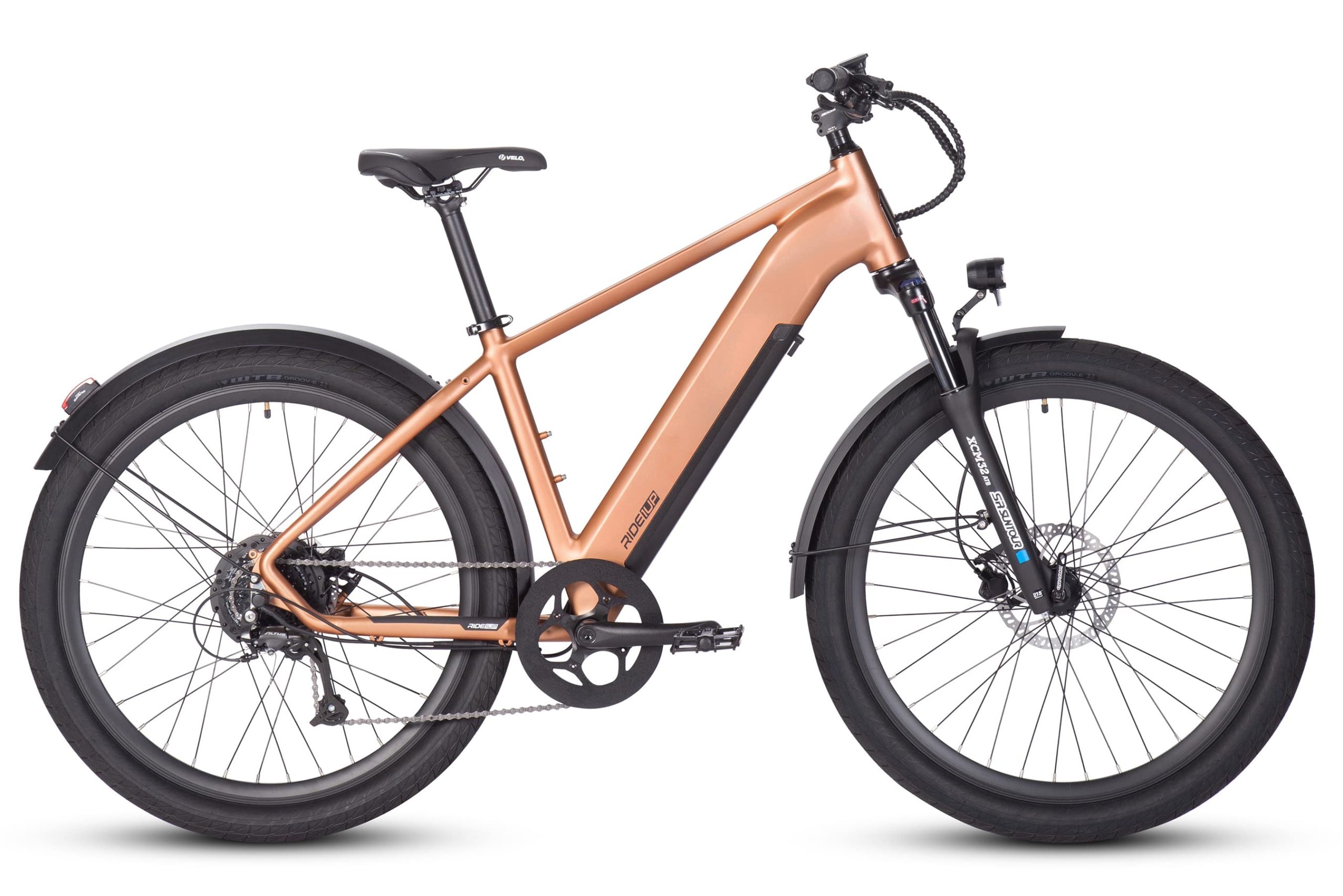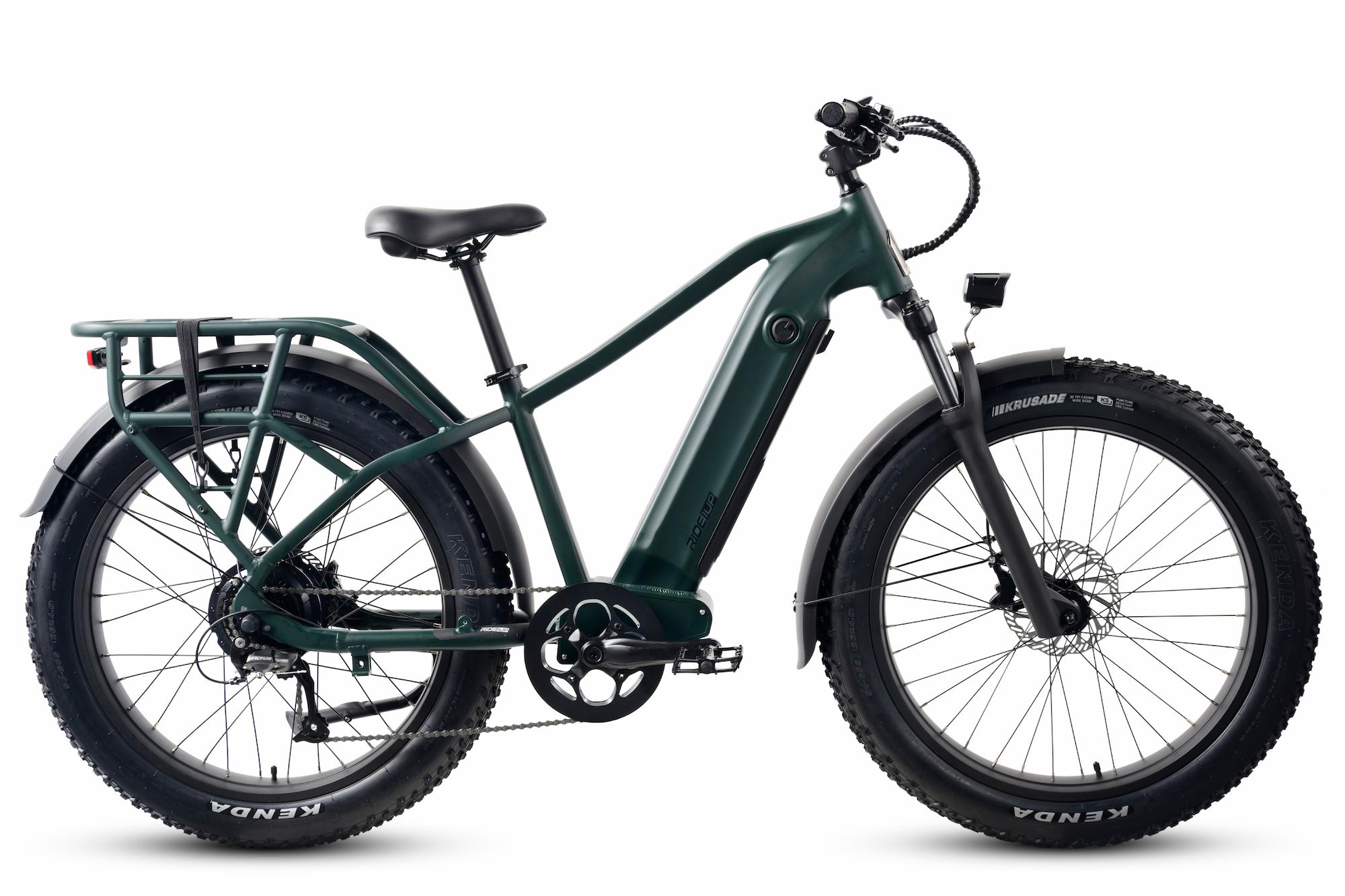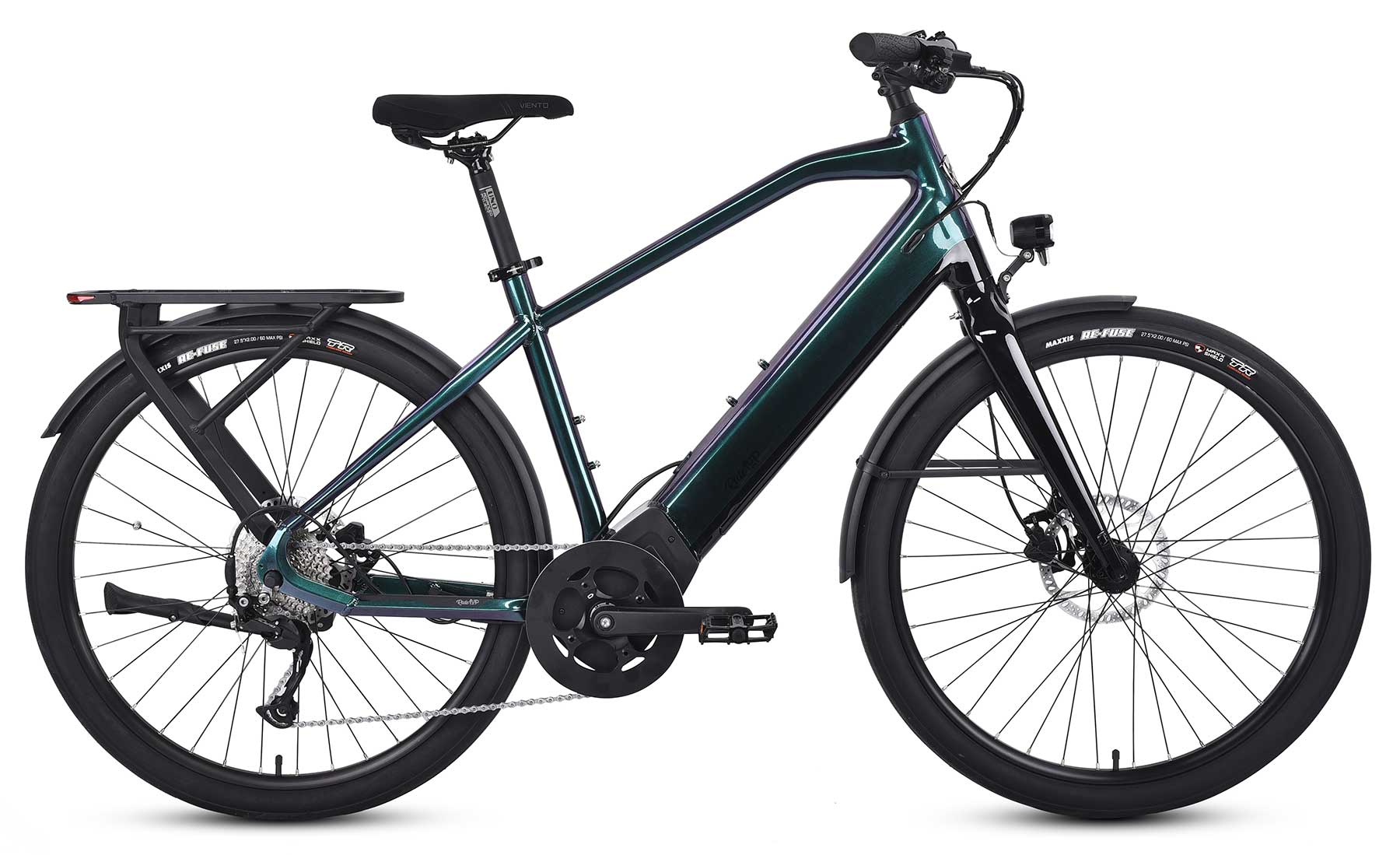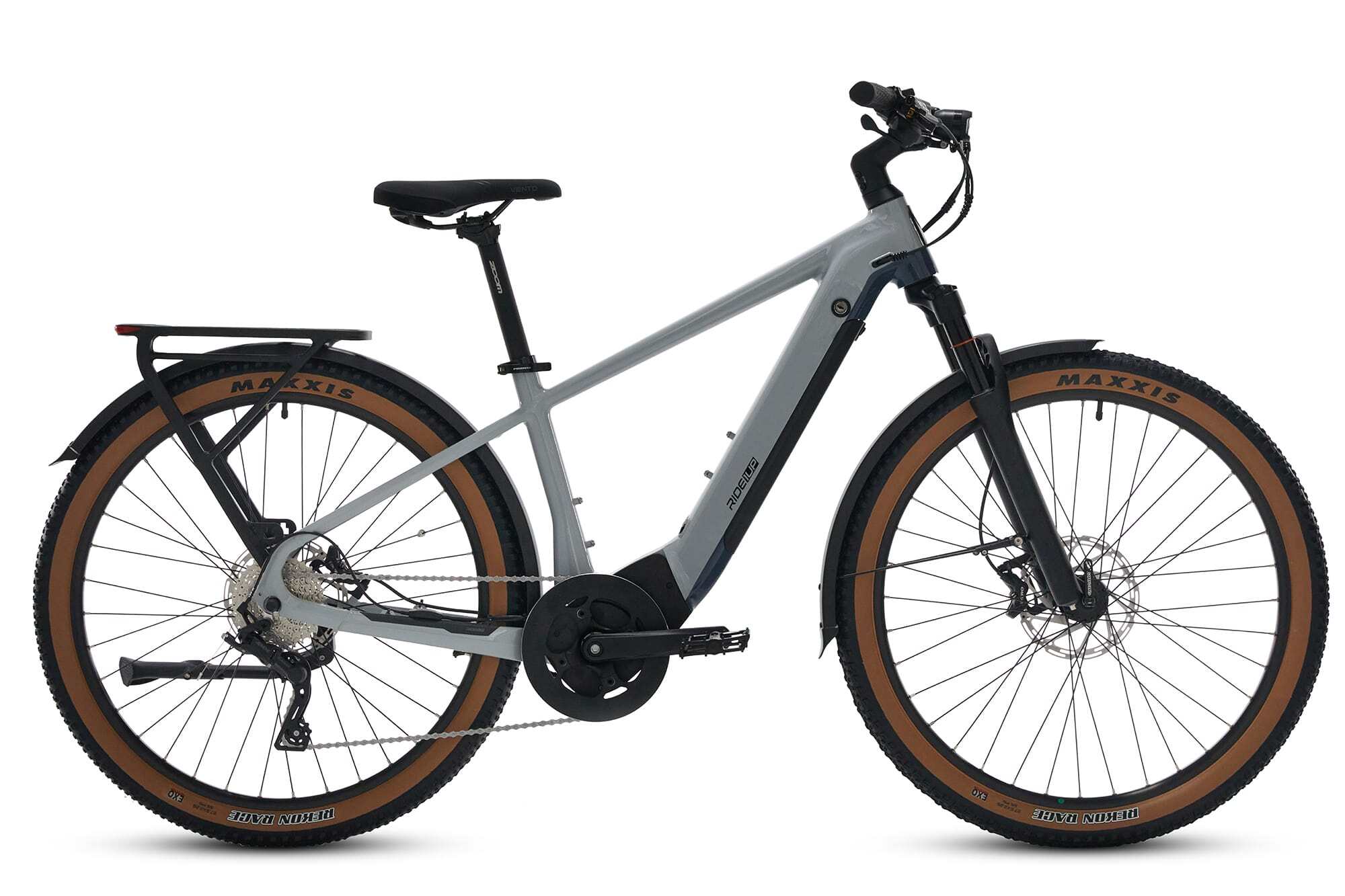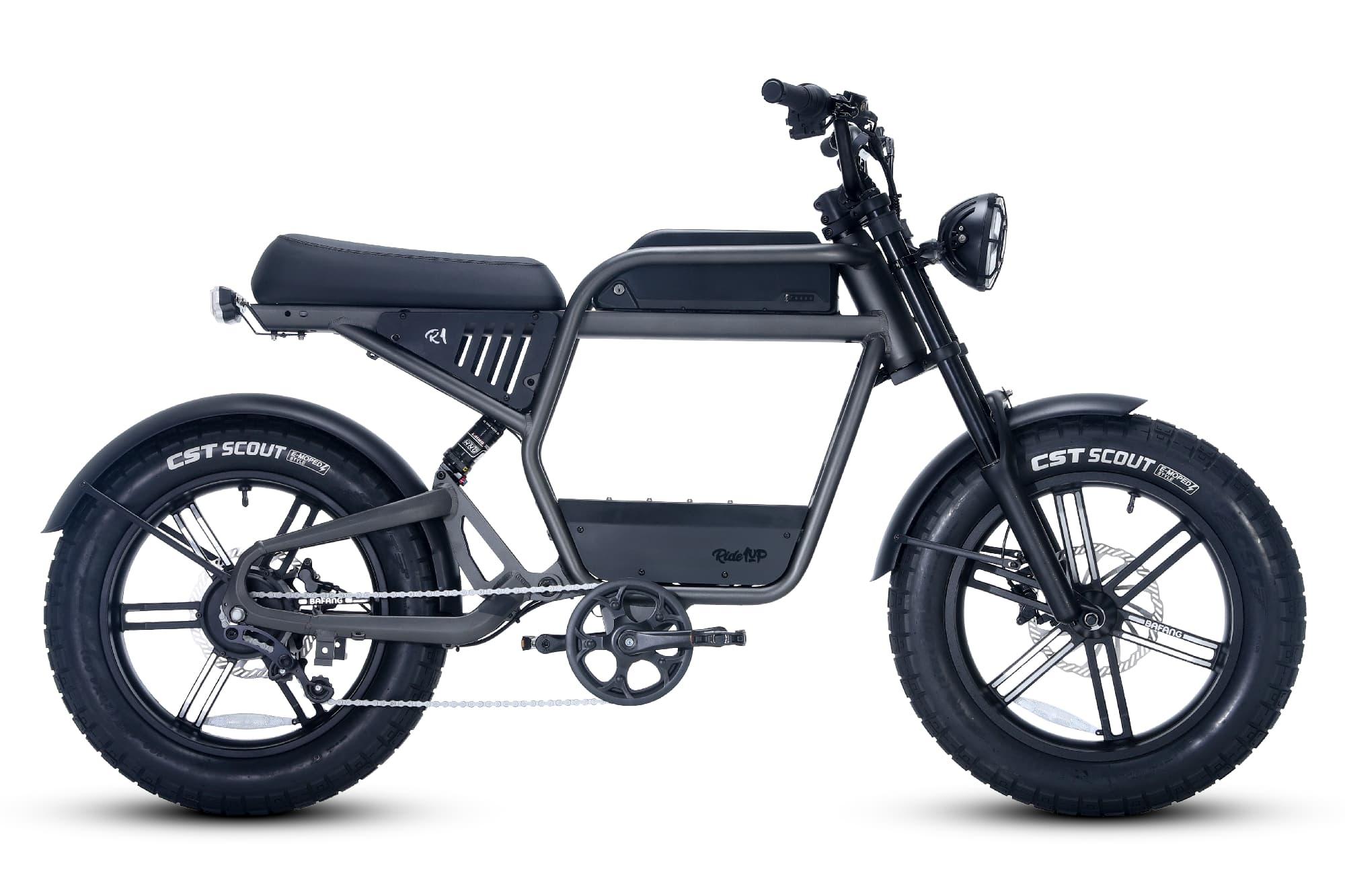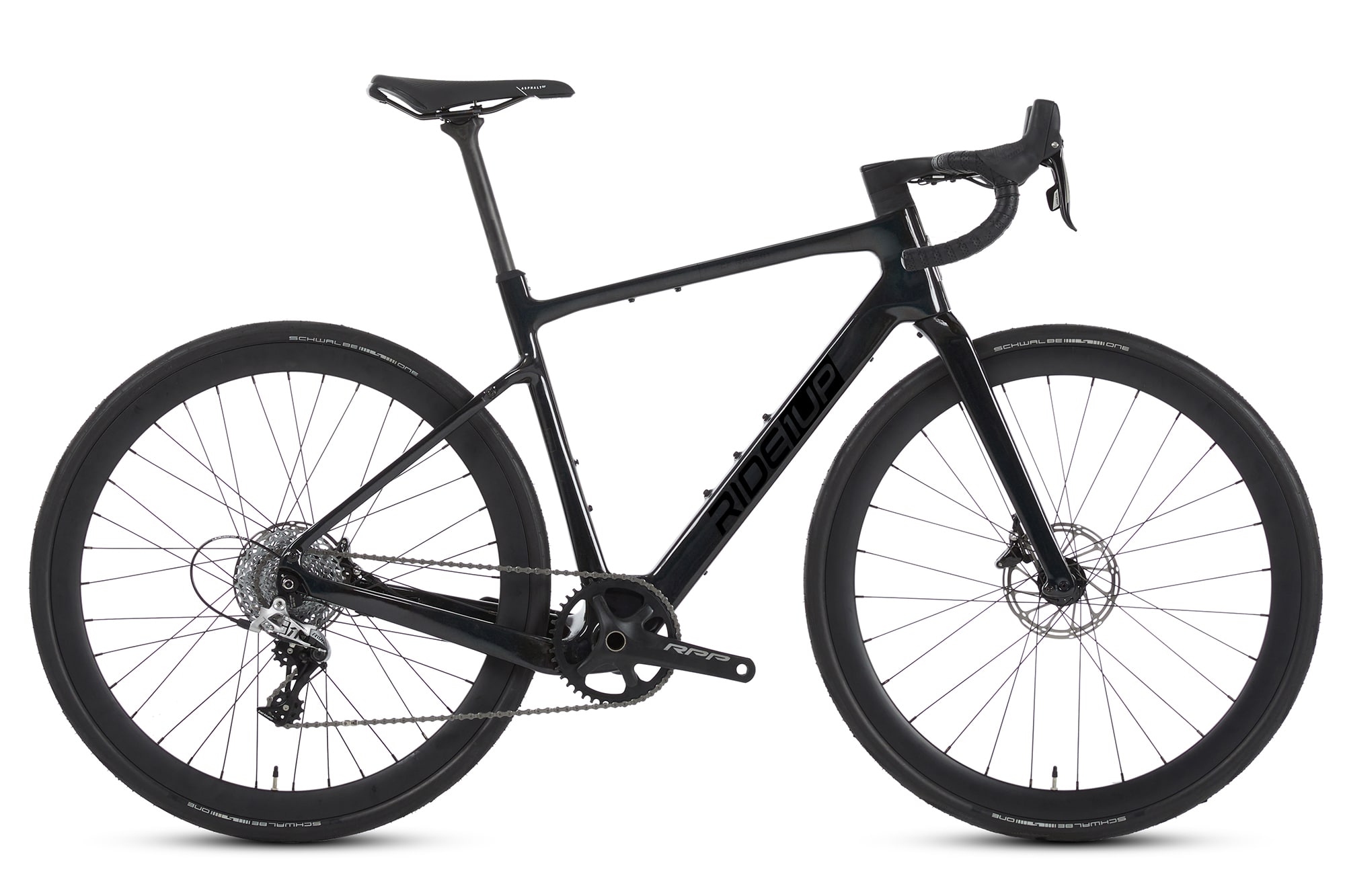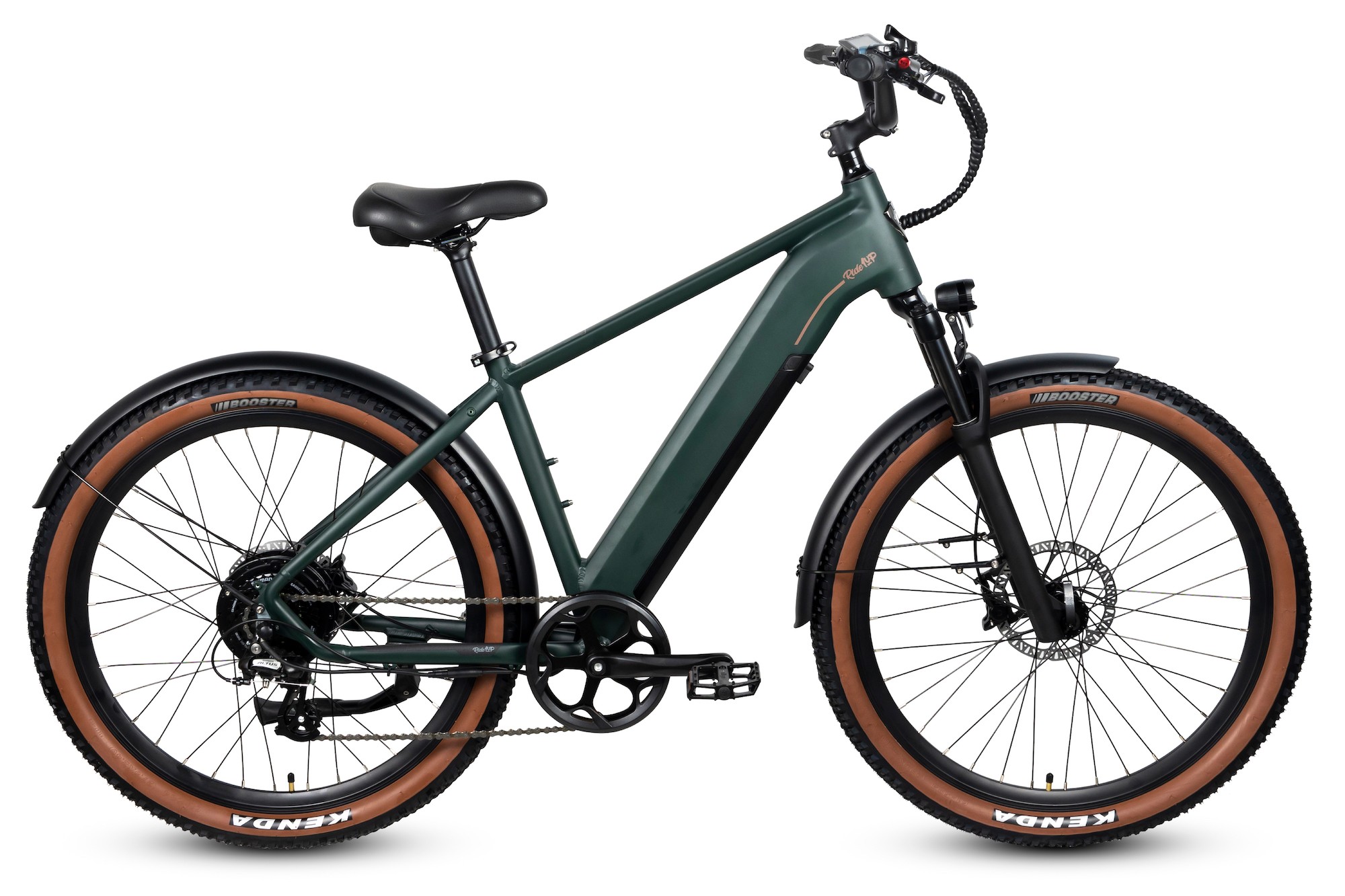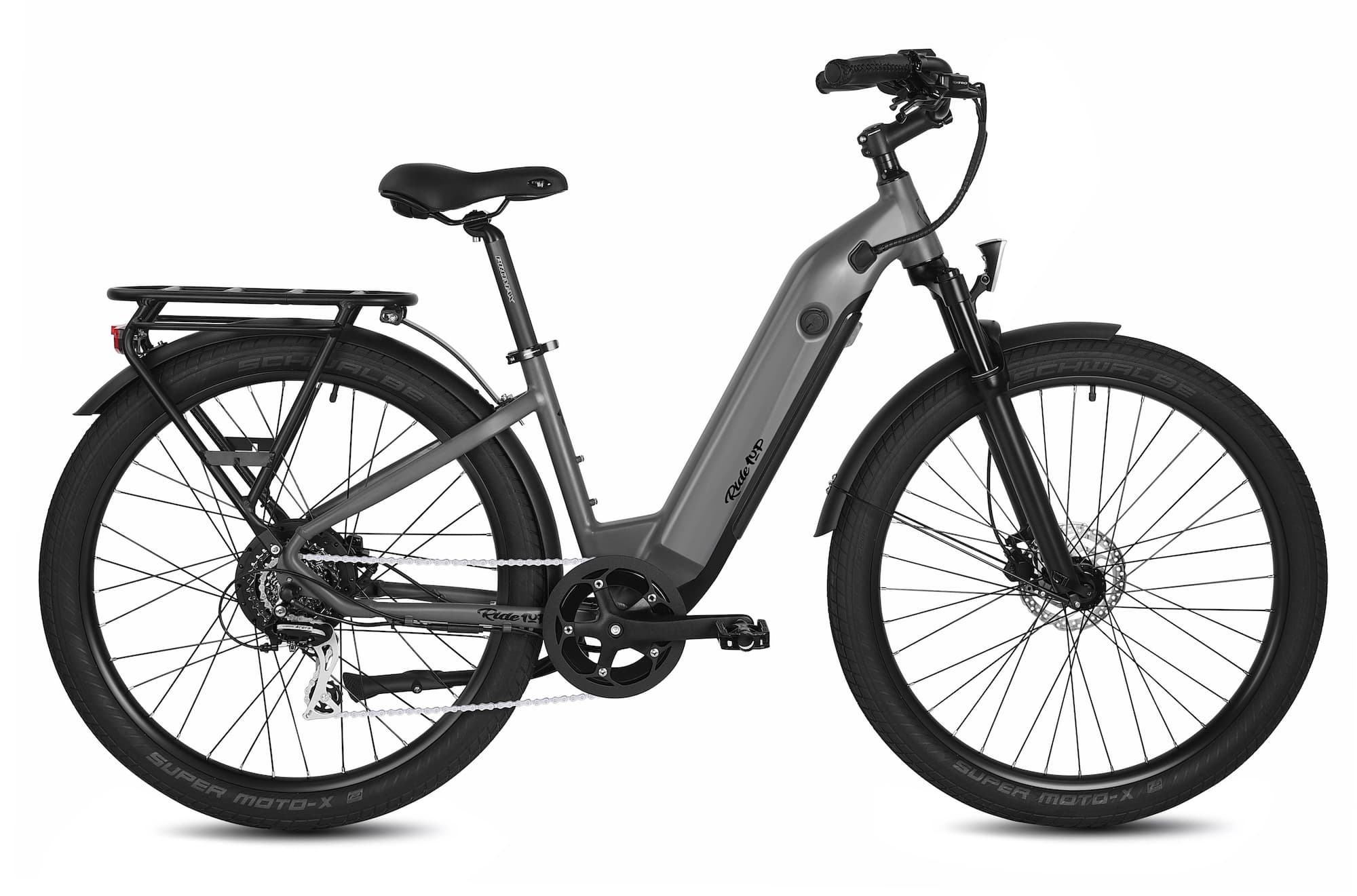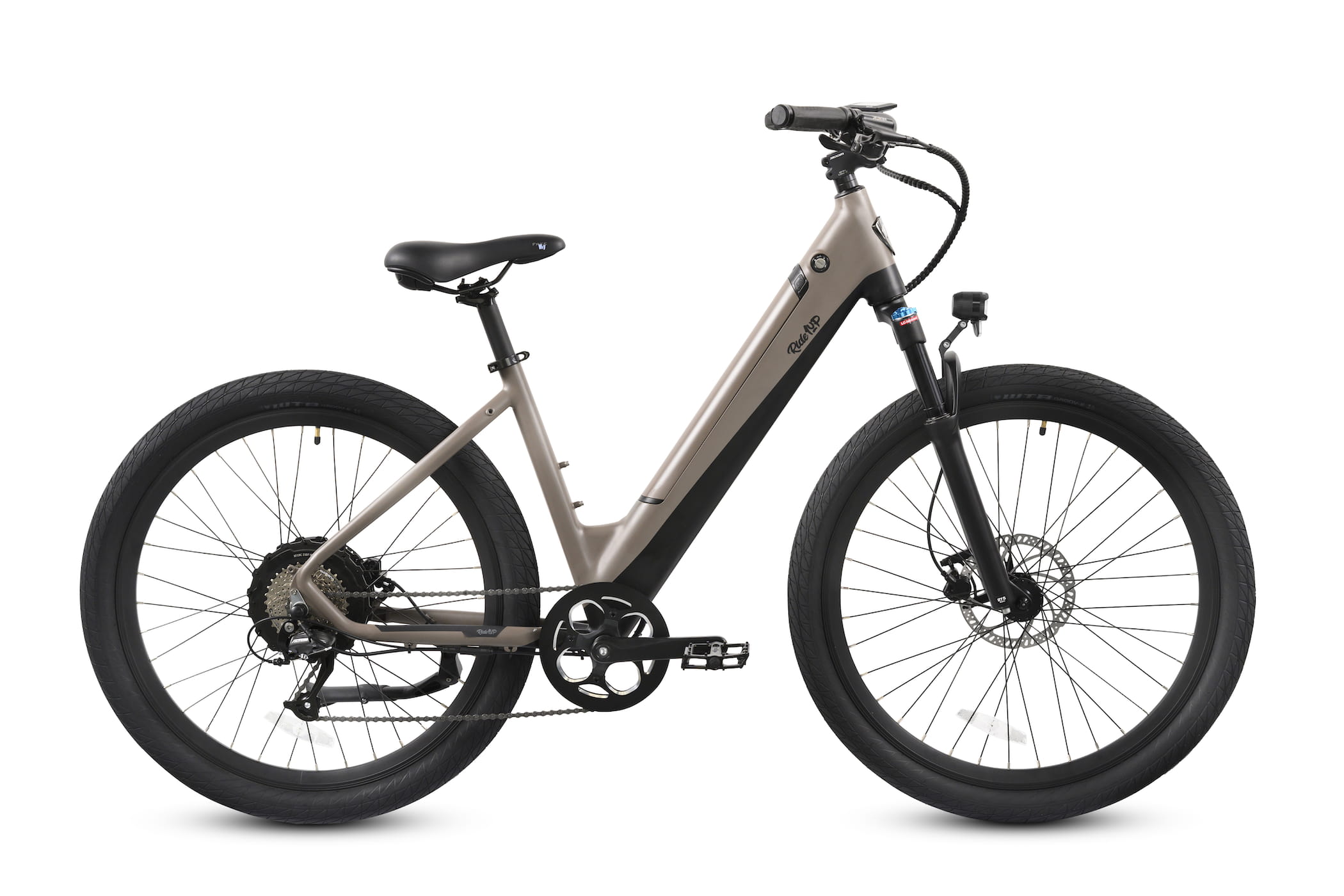How Fast Can Electric Bikes Go?
November 8, 2022
are great transportation alternatives; they offer the benefits of a regular bike with the convenience of motorized vehicles. You can use them for all sorts of activities, whether riding through rocky trails or going on your daily commute. Because they come with a motor, they’re faster than traditional push-pedal bikes. How fast can electric bikes go? The top speed varies depending on several factors, including the e-bike’s motor and weight, as well as local laws. But generally, the speed ranges from twenty miles-per-hour (MPH) to twenty-eight MPH, as defined by the three classifications of electric bikes.
Classification of Electric Bikes
Electric bikes are divided into three classes, each one describing its top speed and the presence of an assist.
Class 1
Class 1 electric bikes are pedal-assist only. That means that the motor can only function once you push the pedal—it won’t be able to fully operate with electricity without doing so. It goes up to a maximum speed of twenty MPH, which makes it more efficient in terms of mileage and battery power.
Class 2
Class 2 e-bikes have both pedal assist and a throttle. The latter comes as either a twist throttle or a thumb throttle located on the handlebar, and when used, the bike is propelled without the rider having to pedal, similar to a motorcycle or scooter. Similar to Class 1 electric bikes, Class 2 e-bikes can reach speeds of up to twenty MPH.
Class 3
Class 3 electronic bikes are similar to Class 2 ones, except they let you cruise up to twenty-eight MPH. Once you reach this speed, the motor assistance will be reduced once the top speed is reached. If you stop pedaling and choose to use only the throttle, the speed will also be capped at twenty MPH. That said, once you start pedaling again, you can accelerate back to twenty-eight MPH. Because Class 3 e-bikes are speedier, the question now is, do you need a license for an electric bike? In most cases, you don’t, but there may be specific criteria as to who can operate these vehicles (i.e. only those older than seventeen years of age).
All of Ride1Up’s electric bikes are Class 3, giving riders a better range of speed and options. With e-bikes in this classification, you can switch from a leisurely cruise to a speedy ride at the drop of a hat.
Other Classes
Some e-bikes can go even faster than those in Class 3. However, these are typically specialized vehicles designed for use on private property or closed-circuit tracks. They can go beyond the specified limit. That said, the top speed is only limited to the motor’s power, programming, and rider output combined.
Factors That Affect the Speed of Electric Bikes
Two main components affect the speed at which an electric bike can run: its motor and its programming. Additionally, how fast you can go can also be limited by the ground on which you’re biking and the laws that govern vehicle speed in your area.
Wattage
An electric bike’s motor is what gives it the boost it needs to speed up. The power with which it can propel your bike is based on the number of watts (W) it contains. The higher the watt, the better the e-bike can pull weight and, therefore, accelerate faster. For example, most Class 3 bikes have 750 W motors that allow them to reach higher speeds more quickly.
Weight
Your bike’s weight capacity (referring to both the vehicle and the rider) determines how easy or difficult it can get up to speed. For instance, let’s say you are close to or exceed the weight rating. If you have a heavier bike with a 750-watt motor, it will not accelerate as quickly as a bike with the same motor and a lighter build and rider.
Terrain
The terrain you’re riding on will also impact your speed and acceleration. E-bikes will be faster on smooth, paved roads and declines versus rocky trails and inclines—similar to how it would be on a regular bike.
The Law
Many countries regulate the speeds at which e-bikes can go since they go faster than traditional bikes. These laws dictate the maximum speed of these vehicles and implore designers to design thresholds that cap electrical assistance from going beyond the limit. These rules differ from state to state, so it’s best to check with your local authorities.
The Best Value Electric Bikes From Ride1Up
Speed is one of the main things people consider when choosing an e-bike. For more flexibility, a Class 3 e-bike from Ride1Up is an excellent choice. It allows you to choose between a leisurely speed or going up to twenty-eight MPH when you need to cruise faster. Check out Ride1Up’s catalog of the best value e-bikes today!


